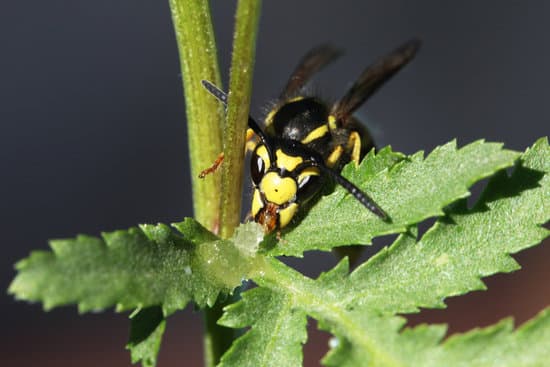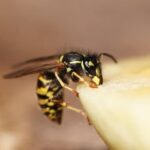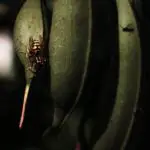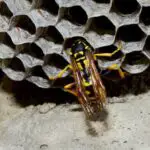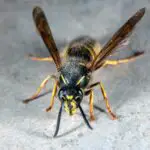How Do Wasps Release Stinger Venom?
Unlike bees, wasps don’t die after they sting. Their stinger remains intact, and the venom is transported through the venom canal.
Wasp stings are very painful. The pain is concentrated in the area directly around the sting. It is best to get as far away from the stinger as possible. This helps reduce the pain and swelling.
If you are allergic, you may experience extreme swelling and rashes. These symptoms may last for days. If they become worse, you should get immediate medical treatment. You can also suffer from anaphylactic shock.
There are ways to prevent and treat the pain associated with a wasp sting. Antihistamine products may reduce the itching and swelling. You can also apply calamine lotion or hydrocortisone cream.
You can also use vinegar to relieve the pain. The acidity of vinegar neutralizes the alkalinity of the wasp sting. You can also apply cucumber slices. This will provide some relief, but it will only last a short while.
Some people have a severe reaction to a wasp sting. This reaction may include throat swelling, dizziness, loss of consciousness, and vomiting. It can also lead to kidney failure. The kidneys are designed to clear tissue debris, and if too much is removed, it can clog the kidneys.
It is very important to seek medical attention immediately if you experience an allergic reaction to a wasp sting. A mild reaction usually dissipates within 10 to 60 minutes. If the reaction worsens, you should call 911.
